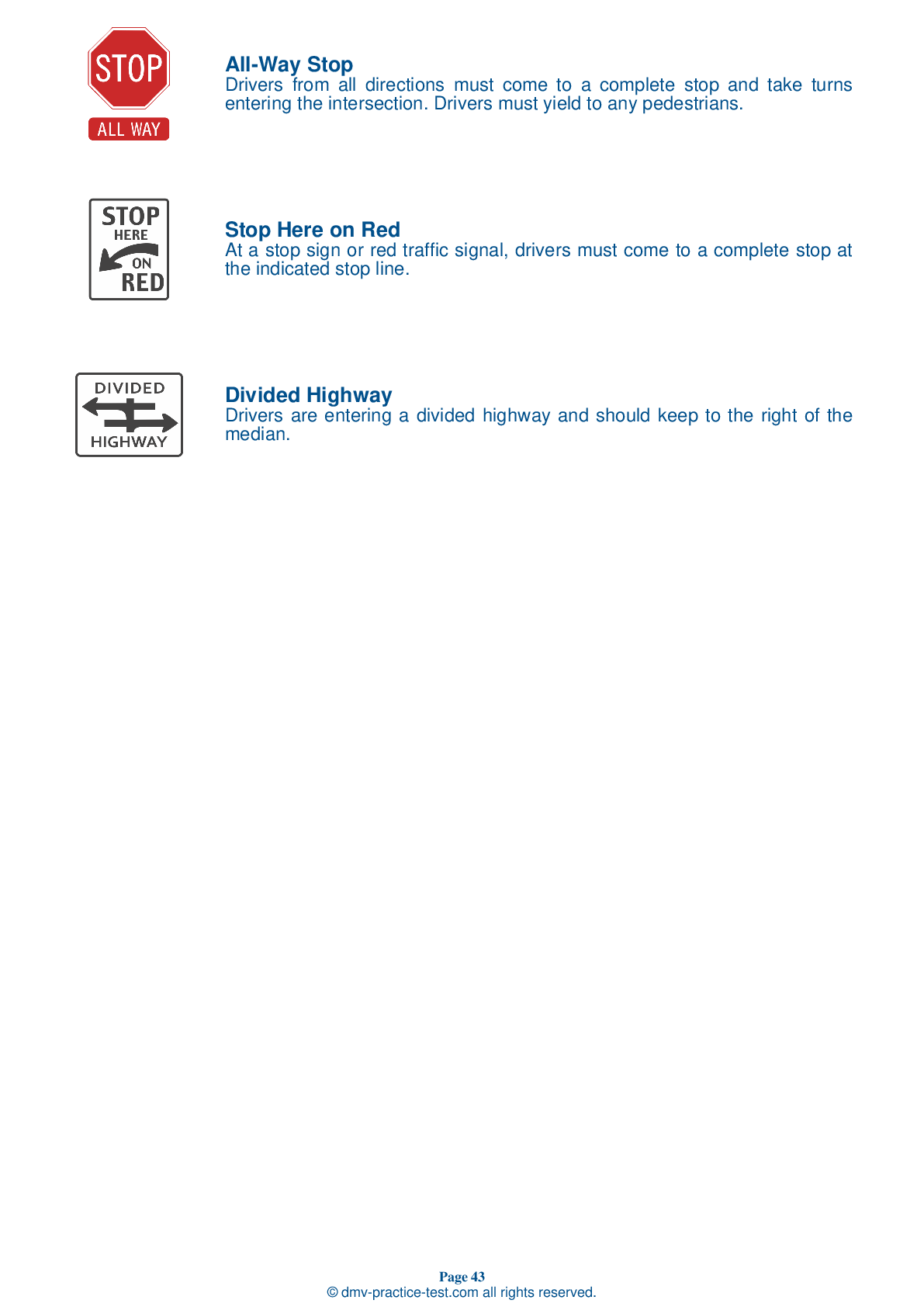FREE Connecticut DMV Practice Test #1 Page 2 of 3
This set of Connecticut DMV practise tests was just updated for January 2025. It includes questions based on the Connecticut Driver Handbook's most essential traffic signs and regulations for 2025. Use actual questions that are very similar (often identical!) to the DMV driving permit test and driver's licence exam to study for the DMV driving permit test and driver's licence exam.
Each practise test question has a hint and explanation to assist you in remembering the concepts. The written component of the official DMV test will include questions about road rules, traffic signs, and driving statutes, as well as information from the Driver Handbook.
To achieve the required passing grade, you must correctly answer 20 of the 25 questions. Take our DMV practise exam to help you prepare for your Connecticut instruction permit or driver's licence.
The DMV exam is available in several languages.
Using any form of testing help will result in an automatic fail, and the DMV may take further action against your driver's licence, so avoid it.
9 . When you see this black and yellow sign, it means:

Warning signs are usually yellow with black markings. They alert you to conditions that are immediately ahead. This sign tells drivers to slow down and prepare for an abrupt change in direction at an extreme angle.
10 . If your car becomes disabled while on the highway, you should:
If your vehicle becomes disabled, you must (if possible) park with all four wheels off of the main-traveled portion of the road.
11 . If you are about to be hit from the rear, you should consider each of the following, except for:
If your vehicle is hit from the rear while you are in forward motion, your body will be thrown backward. Press yourself against the back of your seat and put your head against the head restraint to prevent whiplash. Maintain a firm grip on the steering wheel and be ready to apply your brakes to avoid being pushed into another vehicle.
12 . This sign indicates:




